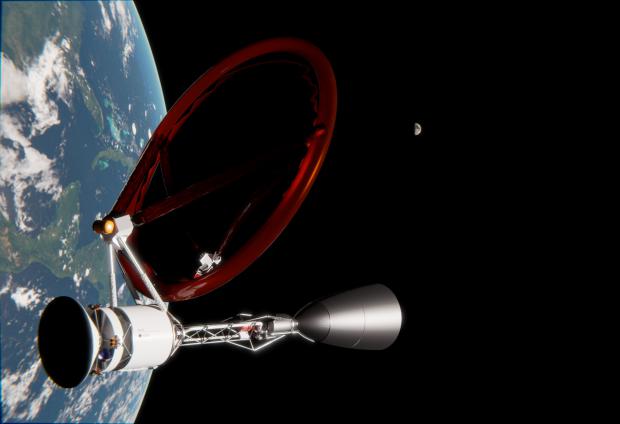
Breaking News
 Is Donald Trump Intent Upon Imposing Martial Law in America?
Is Donald Trump Intent Upon Imposing Martial Law in America?
 Must-See Report! NATO Claims Putin Preparing To Attack Europe As Russia Enters 'Phase Zero'
Must-See Report! NATO Claims Putin Preparing To Attack Europe As Russia Enters 'Phase Zero'
 UK Digital ID: The BritCard Bait And Switch
UK Digital ID: The BritCard Bait And Switch
 Wave Of Antifa Terror Continues In Germany:
Wave Of Antifa Terror Continues In Germany:
Top Tech News
SEMI-NEWS/SEMI-SATIRE: October 12, 2025 Edition
 Stem Cell Breakthrough for People with Parkinson's
Stem Cell Breakthrough for People with Parkinson's
 Linux Will Work For You. Time to Dump Windows 10. And Don't Bother with Windows 11
Linux Will Work For You. Time to Dump Windows 10. And Don't Bother with Windows 11
 XAI Using $18 Billion to Get 300,000 More Nvidia B200 Chips
XAI Using $18 Billion to Get 300,000 More Nvidia B200 Chips
 Immortal Monkeys? Not Quite, But Scientists Just Reversed Aging With 'Super' Stem Cells
Immortal Monkeys? Not Quite, But Scientists Just Reversed Aging With 'Super' Stem Cells
 ICE To Buy Tool That Tracks Locations Of Hundreds Of Millions Of Phones Every Day
ICE To Buy Tool That Tracks Locations Of Hundreds Of Millions Of Phones Every Day
 Yixiang 16kWh Battery For $1,920!? New Design!
Yixiang 16kWh Battery For $1,920!? New Design!
 Find a COMPATIBLE Linux Computer for $200+: Roadmap to Linux. Part 1
Find a COMPATIBLE Linux Computer for $200+: Roadmap to Linux. Part 1
 Bionic hand with NO brain implants?!
Bionic hand with NO brain implants?!
 Nano-cubosome eyedrops target macular degeneration without needles
Nano-cubosome eyedrops target macular degeneration without needles
Going to Next Level for Space With Microwave and Laser Propelled Rockets

Parkin has AI-based design tools that can provide detailed point optimized point designs based upon cost and other constraints. Directed energy can make rocket launches 1% to 10% of the current costs and make interstellar travel a tangible reality within a few short decades.
Before founding Parkin Research, Kevin Parkin cultivated a dynamic career distinguished by groundbreaking contributions to the fields of propulsion and spacecraft design. He was awarded the Korolev Medal following his invention of the microwave thermal rocket in 2002.
Traditional rockets are marginal at reaching orbit. Their chemical propellants do not have enough energy (in the form of chemical bonds) to carry their own weight into orbit, let alone tanks and payload on top of that. Though rockets lighten as propellant is expelled, traditional rockets also need to jettison parts (stages) as they ascend. Most rockets can make it in 3 or 4 stages and a few of them in 2. The payload that is finally delivered into orbit is a tiny fraction of the rocket that lifts off from the ground.
Microwave and laser thermal rockets provide more payload for less rocket by bypassing the fundamental energy-carrying limit of traditional propellants: Energy is directed from the ground onto a heat-exchange layer covering the side of the rocket, which in turn transfers it into the propellant, where it augments or replaces the energy released by combustion.



